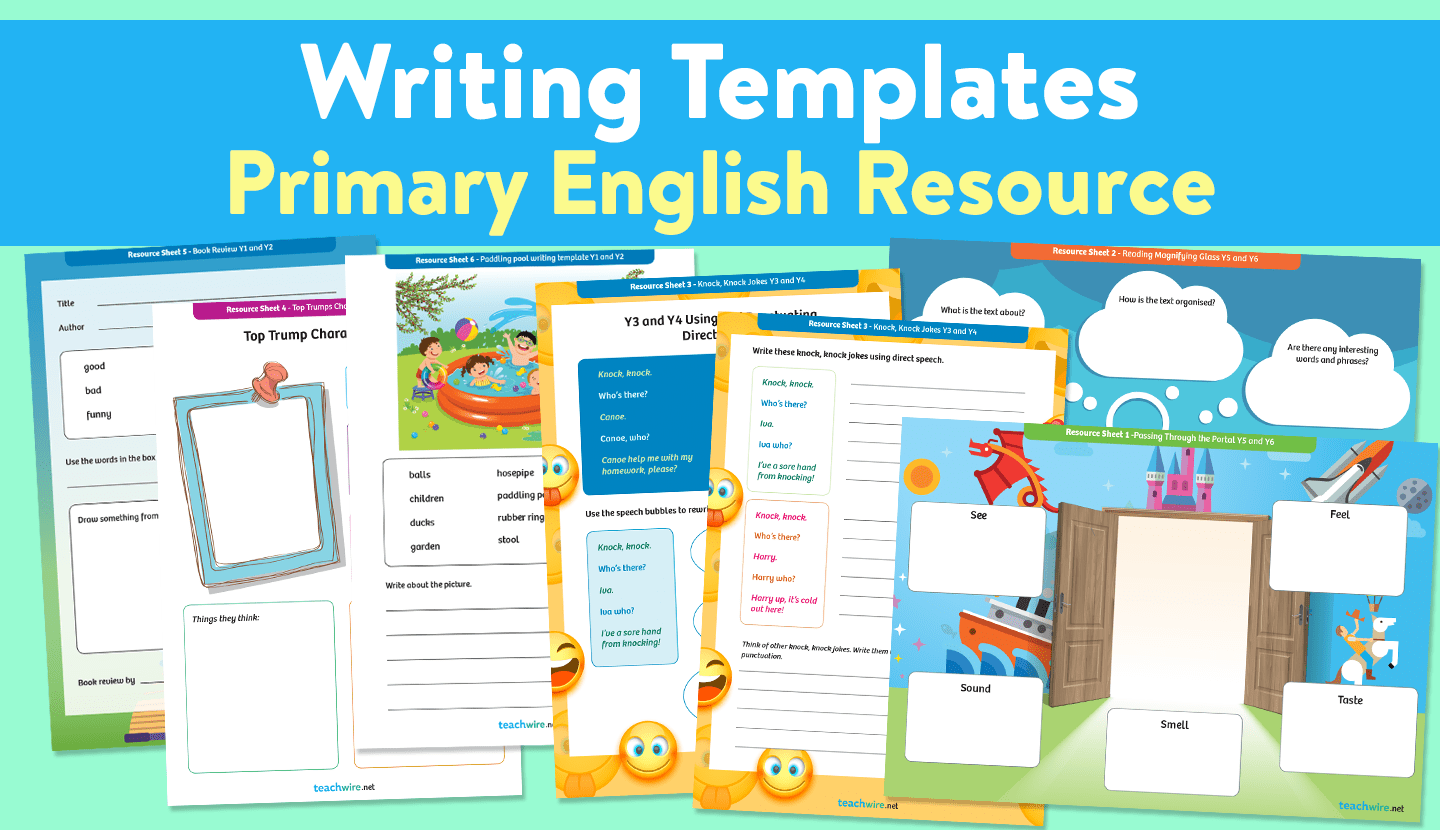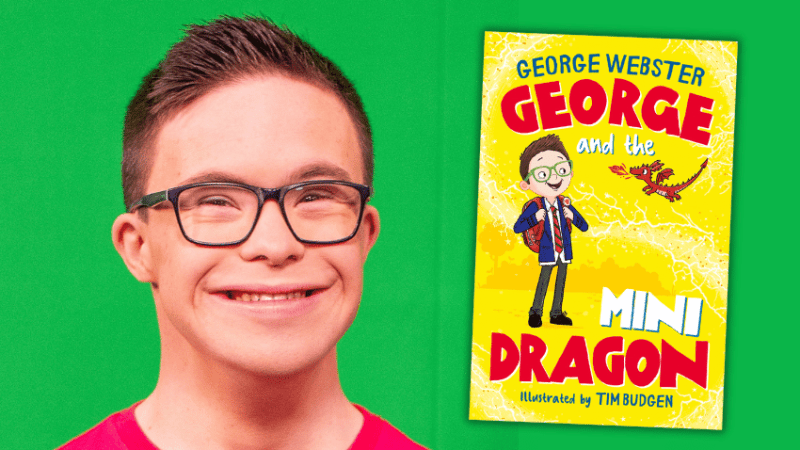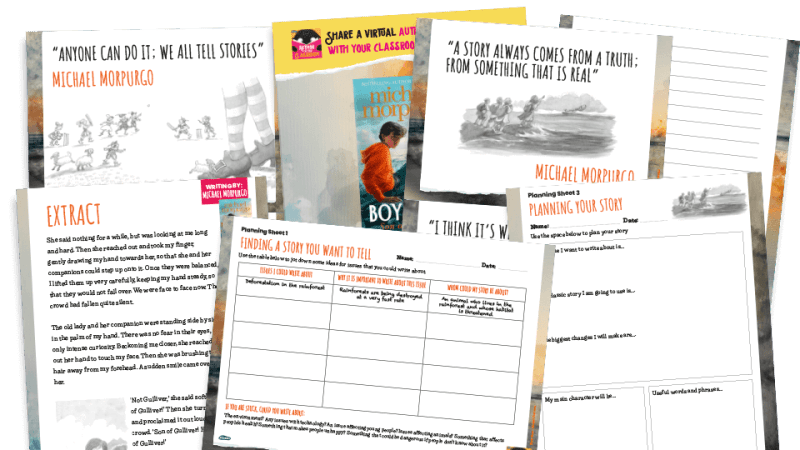Improving writing in primary schools – How to run an effective lesson

Mix and match sessions and goals to find the perfect setup for your class…

When it comes to improving writing in primary schools, there are many approaches you could take.
Sometimes it can be tricky to delve through all the advice available, but we’ve found that the Writing for Pleasure approach has been a great model on which to structure daily writing lessons.
Experimental and random control trials, systematic reviews, meta-analyses and case studies, together with research into what the most effective schools do, all point to its efficacy.
But what does it look like in practice?
Writing systems
The components of an effective writing lesson typically involve a reassuringly consistent (though adaptable) routine of mini lesson, writing time, and class sharing.
What is innovative with this particular approach is that, after a mini lesson, children are invited to practise and apply what’s just been taught in a way that is relevant to their own writing.
For example:
Section 1
Mini lesson (instruction): A period of direct and explicit instruction.
Trying it out (practice): An opportunity to try the mini lesson out by having a brief practice.
Research and case study findings to support: Children need regular and explicit strategy instruction and time to practise if they are to develop their writing craft.
Section 2
Writing time (applying and crafting): A sustained period for children to work on their writing and to apply the mini lesson to their composition.
Research and case study findings to support: Children need ample, sustained, and daily time in which to enact the processes involved in writing and to develop their writing craft.
Pupil conferencing (feedback): During writing time, the teacher provides verbal feedback and responsive individualised instruction through pupil conferencing.
Research and case study findings to support: Children need regular feedback and responsive teaching based on formative assessment if they are to become better writers.
Section 3
Class sharing (feedback): Time for children to read what they’ve been working on and receive feedback from their teacher and peers.
Research and case study findings to support: Children need regular feedback, an opportunity to read and discuss their writing with others, and additional bespoke instruction if they are to become better writers.
An excellent foundation and a good rule of thumb when you’re first setting up a routine for writing lessons is to follow this kind of order and timings:
- Mini lesson (1-15 mins)
- Trying it out (1-5 mins)
- Writing time (20-40 mins)
- Class sharing (5-15 mins)
The components of an effective writing lesson typically involve a reassuringly consistent (though adaptable) routine
How to teach a good writing lesson
Once you and your pupils are comfortable with this kind of routine, you can begin to play around with it.
Routine doesn’t mean rigidity – a good routine always has a component of flexible response. What’s important is knowing what a good writing lesson typically involves, and having a shared vocabulary you can use with your class.
Your pupils will soon get used to language like workshop time, mini lesson, writing time, silent writing, social writing, conferencing time and class sharing.
There are endless ways to play around with these key combinations. Here are just a few examples:
Routine 1
Occasionally, your instruction needs a bit more time, for example when you want to read and discuss a variety of mentor texts with the class.
Trending
In this instance, you can switch around the mini lesson and writing time lengths as follows:
- Bigger lesson (20-40 mins)
- Writing time (3-10 mins)
- Class sharing (5-10 mins)
Routine 2
Sometimes you’ll want to get on and pupil-conference with your children during their writing time.
This can allow you to stop writing time if you notice a key misconception through your pupil conferencing and want to address it with the whole class.
You can stop the writing time and deliver the mini lesson before asking the children to work on the issue or misconception together during class sharing. E.g.:
- Writing time (20-30 mins)
- Mini lesson (5-15 mins)
- Class sharing (5-10 mins)
Routine 3
Now and again, you just need your class to carry on from where you left off yesterday, and no mini lesson is required:
- Writing time (30-50 mins)
- Class sharing (5-10 mins)
Routine 4
Occasionally, during pupil conferencing, you pick up on something you want to teach to the whole class. This requires an additional, responsive mini lesson to be delivered in the middle of writing time, like this:
- Mini lesson (3-10 mins)
- Writing time (10-20 mins)
- Responsive mini lesson (3-10 mins)
- Writing time (10-20 mins)
- Class sharing (5-10 mins)
Routine 5
Sometimes having a sharing session in the middle of writing time gives children the opportunity to reflect on how they’re getting on with applying learning from the mini lesson. For example:
- Mini lesson (3-10 mins)
- Writing time (10-20 mins)
- Class sharing (5-10 mins)
- Writing time (10-20 mins)
- Class sharing (5-10 mins)
Routine 6
You may also, now and again, want your pupils to review what they wrote yesterday with their peers, before continuing. In this case, you can teach a mini lesson based on what you’re seeing during pupil conferencing, like this:
- Class sharing (5-10 mins)
- Writing time (10-20 mins)
- Mini lesson (3-10 mins)
- Writing time (10-20 mins)
- Class sharing (5-10 mins)
Routine doesn’t mean rigidity – a good routine always has a component of flexible response.
Writing goals
It’s vital that we think carefully about the process goals we set for writing time, too. A process goal is something we would like children to achieve or get done by the end of a session.
It’s important to say that by writing time we don’t necessarily mean drafting, but simply time engaged in the processes of writing.
E.g.: making front covers; working on plans; drafting a picturebook page; drafting a single paragraph of writing; reading; conducting research; discussing and revising some already-crafted writing; proofreading for spellings; or publishing.
Like the main writing lesson, there are a variety of ways you can organise your goals.
For instance, you might switch between drawing illustrations and writing about them.
You might also want to give the children some time to draft, and then ask them to proofread what they’ve just written.
For some lessons, you might set a specific goal you want your pupils to achieve during writing time. For example, proofreading their manuscript for spelling and grammar, or reviewing their writing against the product goals established for the class writing project.
Finally, you may need to take into consideration energy levels, and split writing time up into chunks of ‘silent writing’ and ‘social writing’ to keep everyone on track.
The reason these components are so brilliant is because they offer the potential for explicit instruction, meaningful practice and formative assessment every single day.
These are the absolute bedrocks of all teaching and learning.
Ross Young is the founder of The Writing for Pleasure Centre and co-author of Writing for Pleasure: Theory, Research & Practice and others. Doug Kaufman is university teaching fellow at the University of Connecticut’s Neag School of Education.











